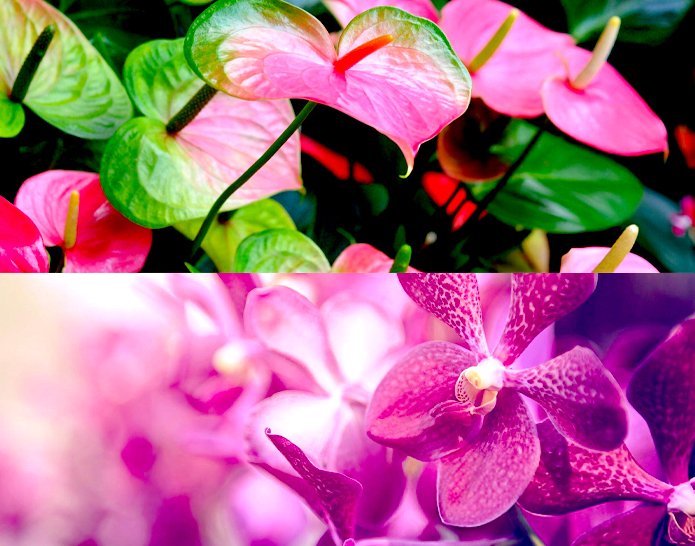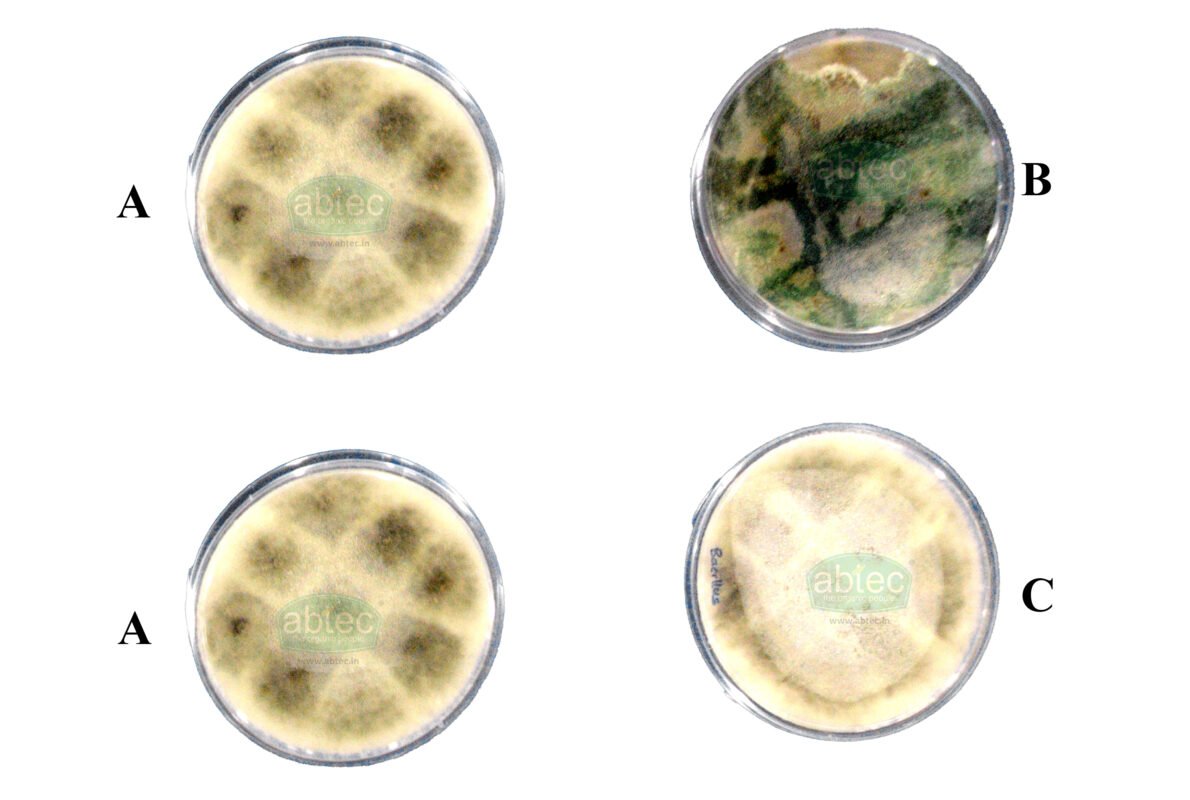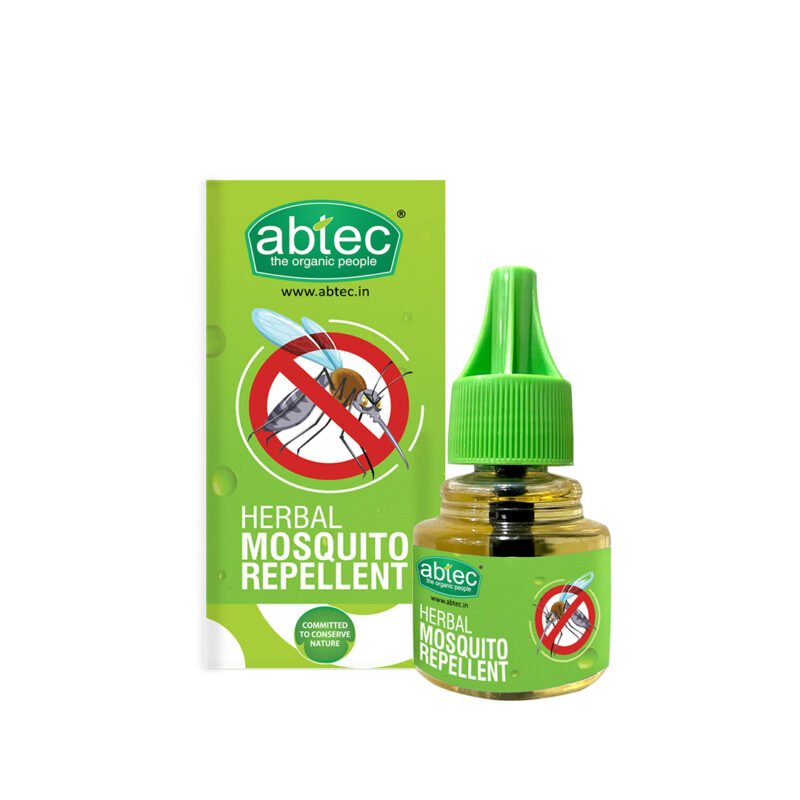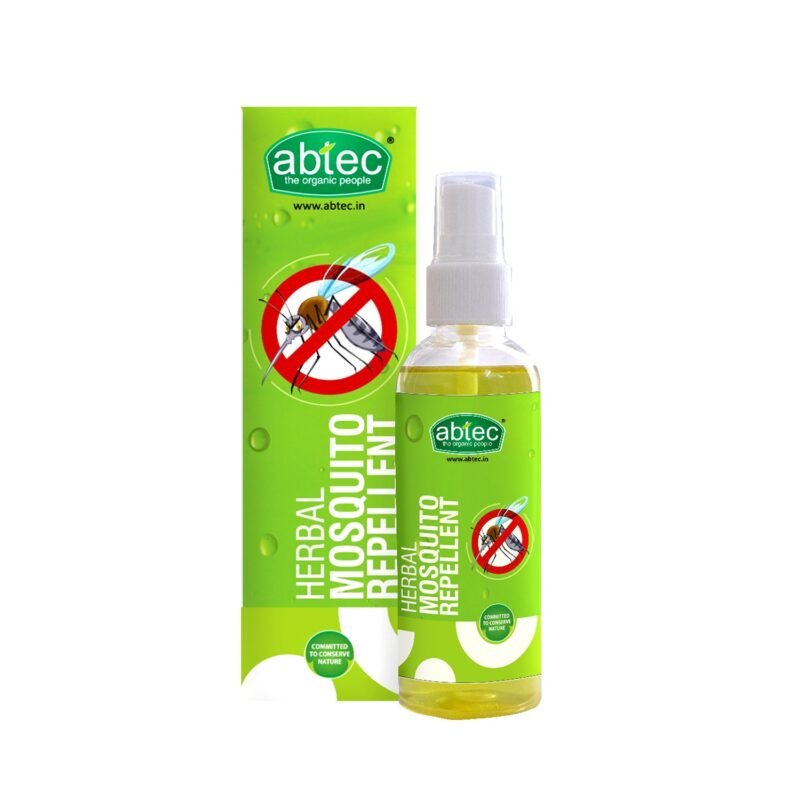Integrated Biocontrol Strategies for Managing Pathogens, Affecting Commercially Important Ornamental Plants.

Saritha S S, Sunimol Sebastian, Aswathy Elizabeth Jacob
The economic importance of ornamental plants has increased considerably in many countries, accompanied by rapid expansion in international demand (Lawson et al., 1996).They are cultivated as potted flowering plants, cut-flowers, foliage plants, herbaceous perennials, annual bedding, garden plants and propagative floriculture materials (Paudel et al., 2023). Ornamental plants in urban and peri-urban areas reduce air and soil pollution, provide food for habitants and contribute to climate mitigation (Francini et al., 2022). Many ornamental plants provide potential foraging resources for pollinators like bees in urban and sub-urban areas and can provide an adequate habitat for them (Marquardt et al., 2021).
In recent decades, the ornamental plant industry has undergone significant changes, such as introduction of new crops, shift from-cut flowers to pot plants, and improved cultivation techniques. These changes had a considerable impact on the occurrence and management of plant diseases (Gullino et al., 2006). Powdery Mild dew, Root rot, Leaf spot, Stem rot, Rust and Wilt diseases are commonly affect ornamental plants. (Ecofriendly Innovative Approaches in Plant Disease Management, Vaibhav K. Singh., 2012).
Anthuriums and orchids are key ornamental plants. Anthuriums (Figure 1) are exotic ornamental crop from the family Araceae and have modified leaf, termed spathe and spiral-arranged bisexual flowers on a spadix. These attractive foliage make Anthuriums suitable for harvest of leaves and as potted flowering plant (Kuehnle and Chen, 1994).

Figure 1 – Anthurium
Orchids (Figure 2) the most exquisite flowers, used for ornamental purpose and as well as cut flowers, belong to the family Orchidaceae (Husain and Suhel, 2023). They are monocotyledonous plants that produce flowers with seven floral parts, three sepals, three petals and the gynostemium (De, L.C., 2020).

Figure 2 – Orchid
Both Anthuriums and Orchids are vulnerable to a wide range of diseases. In Anthuriums, fungal diseases include anthracnose (black nose), stem and root rot caused by Phytophthora nicotianae, P. tropicalis and Rhizoctonia solani (Alvarez, 2016).
In a study conducted in Kerala, Anthurium (Anthurium andraeanum) fungal pathogens were identified and characterized as leaf spot pathogens as, Lasiodiplodia theobromae, Colletotrichum gloeosporioides, Phoma sp., Phomopsis sp., Corynespora sp., Pestalotiopsis sp, inflorescence rot pathogens as Colletotrichum gloeosporioides and Phomopsis sp, root rot pathogen as Phytopythium sp. and wilt pathogen as Fusarium sp. (Nitha, 2021).
Due to environmental changes and microbial diseases many orchid species face severe threat. For orchids, phytopathogenic fungi are most infectious and the infected orchid plants show symptoms such as foliar blights, leaf spots, fungal rots and flower blights (Ghareeb et al., 2022). Among several spices of Fusarium associated with orchids, some are pathogenic and causes symptoms such as leaf spot, flower spot, root rot and wilt. This affects the quality of plants and flowers and can cause severe economic loss (Srivastava et al., 2018).
Lasiodiplodia pseudotheobromae are cryptic species that occur on a large number of hosts ( Alves et al., 2008).The pathogen affects a wide range of woody perennial crops and ornamental plants causing root rot, damping-off, leaf spots, twig blight, cankers, stem-end rot, gummosis, branch dieback and pre- and post-harvest fruit rots. (Bragard C, 2023). L. pseudotheobromae causes leaf necrosis in Camellia sinensis, the symptoms were small, irregular brown lesions on young and mature leaves (Li, H. L et al., 2019).
Hence the present study is aimed at identifying the diseases affecting ornamental plants, specifically Anthurium and Orchid and to evaluate effective management strategies by using ABTEC Biocontrol agents.
The diseased plant samples (Figure 3 – A, B) were collected from, Poovanthuruthu, Kottayam, Kerala. The samples were surface sterilized and cultured on Potato Dextrose Agar (PDA) medium and incubated for pathogen isolation. The fungal growth was sub cultured and the pathogen was identified based on morphological characteristics and microscopic observation.

Figure 3
A. Diseased Anthurium Plant
B. Diseased Orchid Plant
The isolated fungus showed a cottony, whitish appearance initially, and then became dark grey as the colony matures (Figure 4 A). The microscopic observation revealed the presence of septate thin mycelia in young culture and in mature fungi conidiophores were seen with a bulging in the middle (Figure 4 B) This characteristic feature confirms the presence of Lasiodiplodia pseudotheobromae in the infected plant samples.

Figure 4
A– Lasiodiplodia pseudotheobromae
B-Microscopic view of Lasiodiplodia pseudotheobromae
To control such pathogens in ornamental plants, some selected Biocontrol agents such as ABTEC Trichoderma viride (Figure 5 A) and ABTEC Bacillus subtilis (Figure 5 B) were evaluated for its antagonistic activity against the isolated pathogen.

Figure 5
A – Biocontrol agent ABTEC Trichoderma viride
B– Biocontrol agent ABTEC Bacillus subtilis
The selected Biocontrol agents exhibited different levels of antagonistic activity (Figure 6 B, C) against the isolated pathogen (Figure 6 A). ABTEC Trichoderma viride clearly over growing and suppressing the pathogen (Figure 6 B). This is through mechanisms such as antibiosis, by the production of cellulases and by lytic enzymes. This clearly suggests ABTEC Trichoderma is highly effective in inhibiting the pathogen. ABTEC Bacillus subtilis showed a noticeable zone of inhibition likely through the production of antibiotic metabolites (Figure 6 C).

Figure 6: Antagonistic activities of Biocontrol agents
- L. pseudotheobromae
- L. pseudotheobromae +ABTEC Trichoderma viride
- L. pseudotheobromae + ABTEC Bacillus subtilis
This study suggests that ABTEC Trichoderma viride could be a potential Biocontrol agent for the effective management of Lasiodiplodia pseudotheobromae affecting the ornamental plants Anthuriums and Orchids.
Recommended Products
-
 ABTEC Herbal Mosquito Repellent 50ml
ABTEC Herbal Mosquito Repellent 50ml
₹99.00Original price was: ₹99.00.₹95.00Current price is: ₹95.00. -
 ABTEC Herbal Mosquito Repellent 100ml
ABTEC Herbal Mosquito Repellent 100ml
₹240.00Original price was: ₹240.00.₹235.00Current price is: ₹235.00.

